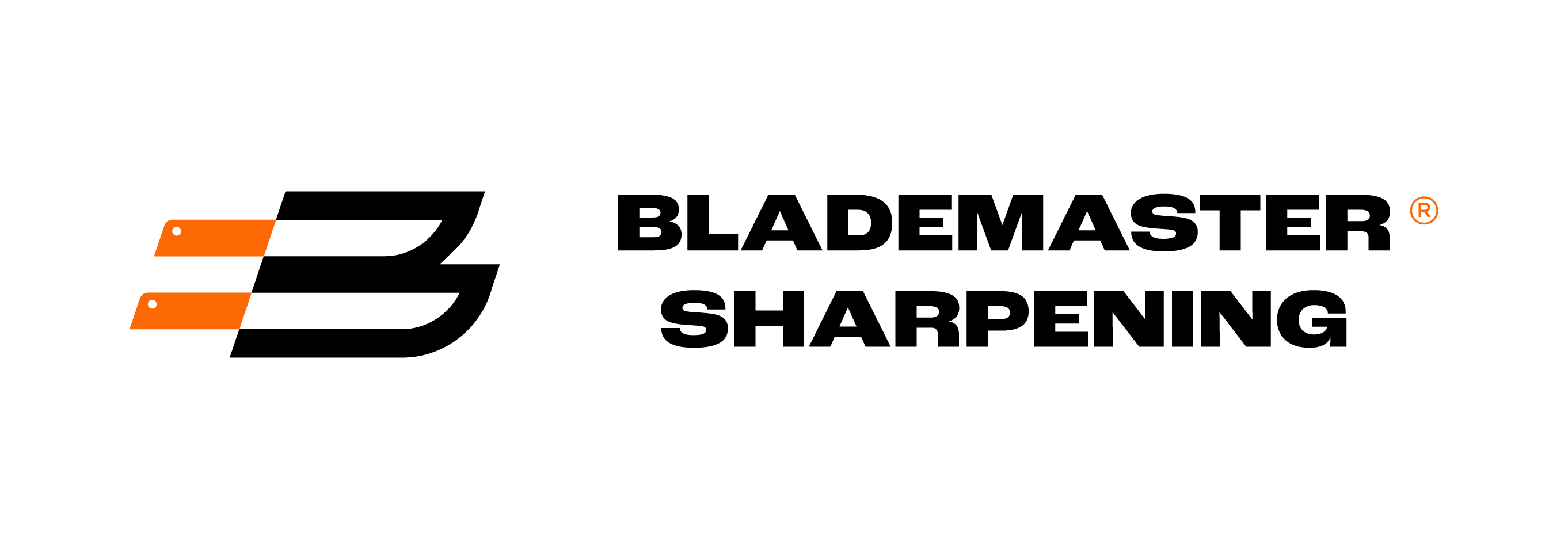The anatomy of a knife can vary depending on its type and intended use, but here are some common components:
- Blade: The cutting portion of the knife. Blades come in various shapes and styles, each designed for specific tasks.
- Tip: The pointed end of the blade, which can be sharp for precision tasks or rounded for safety.
- Edge: The sharp cutting surface of the blade. The edge can be straight, serrated, or a combination of both.
- Spine: The top, non-sharp edge of the blade opposite the cutting edge.
- Point: The very end of the blade, where the tip is located.
- Handle: The part of the knife that you grip. Handles can be made from various materials, such as wood, plastic, or metal.
- Bolster: The thick junction between the blade and the handle, providing balance and stability.
- Tang: The extension of the blade into the handle. A full tang extends the entire length of the handle, providing additional strength.
- Guard: A barrier between the blade and the handle to protect the user’s hand.
- Rivet/Pin: Metal pins or rivets that secure the handle to the tang.
- Butt/Pommel: The end of the handle opposite the blade, often used for balance or as a striking tool.
Understanding the anatomy of a knife can help you use it more effectively and maintain it properly. Keep in mind that specific knife types, such as chef’s knives, pocket knives, or hunting knives, may have additional features or variations in their design.

